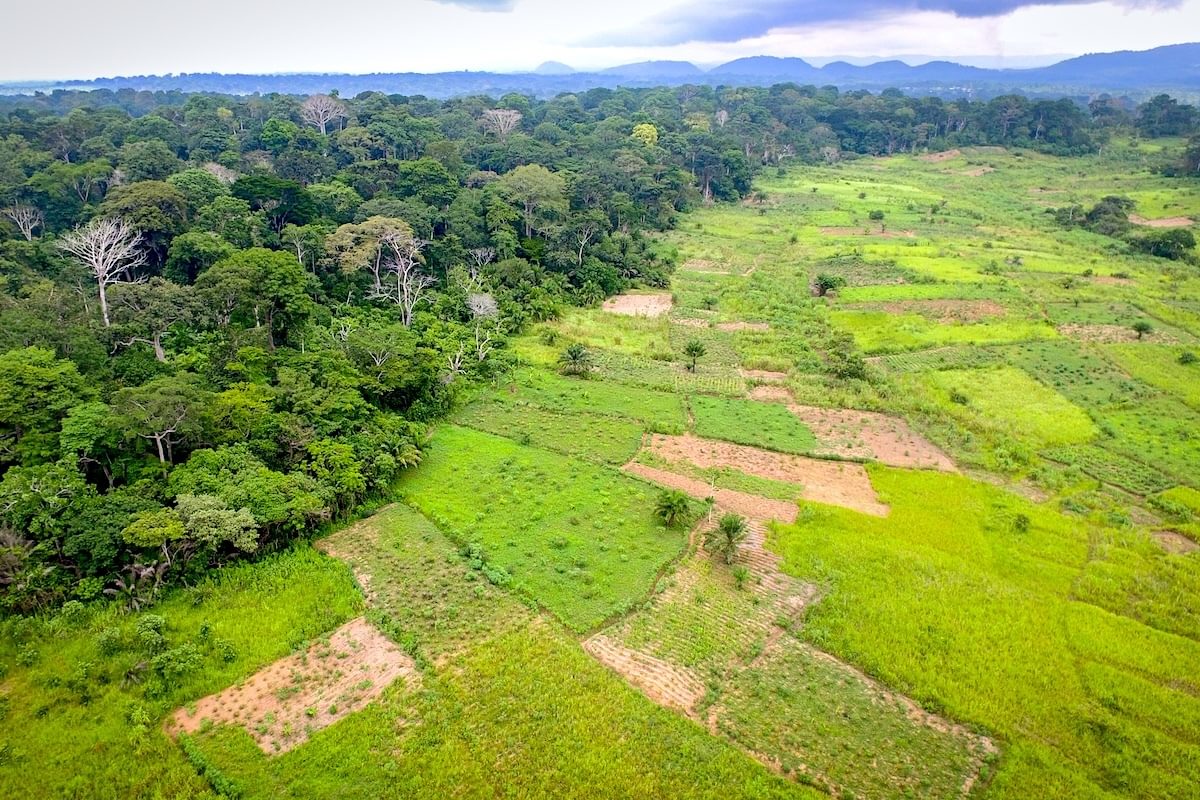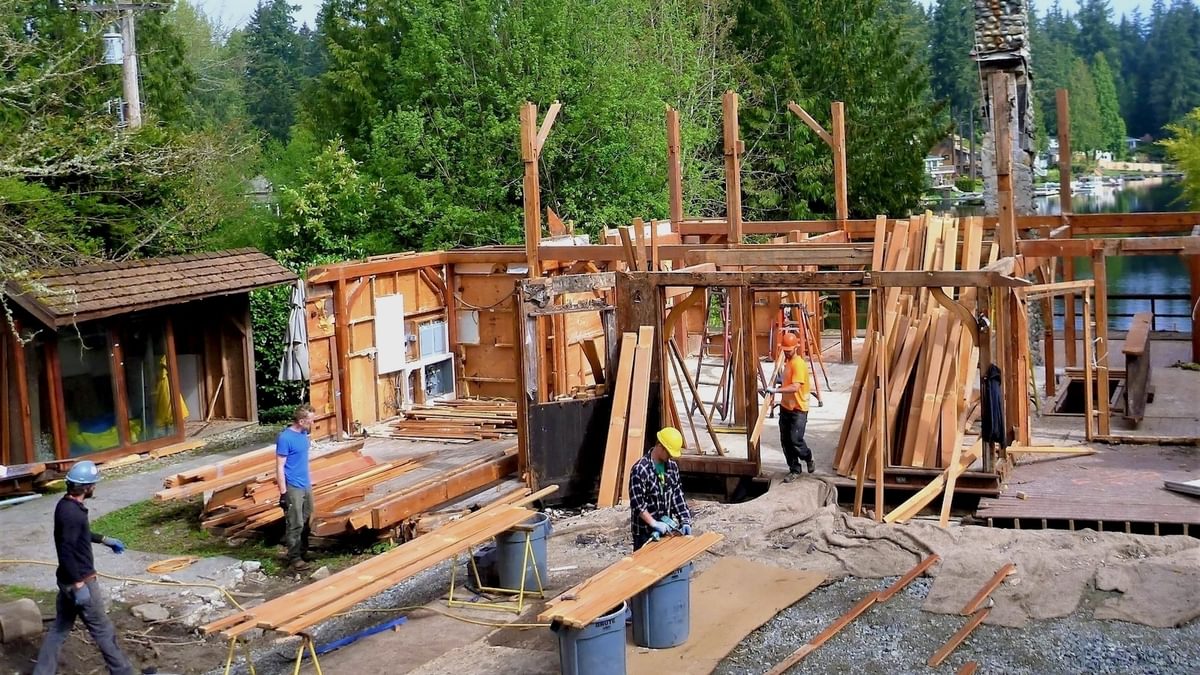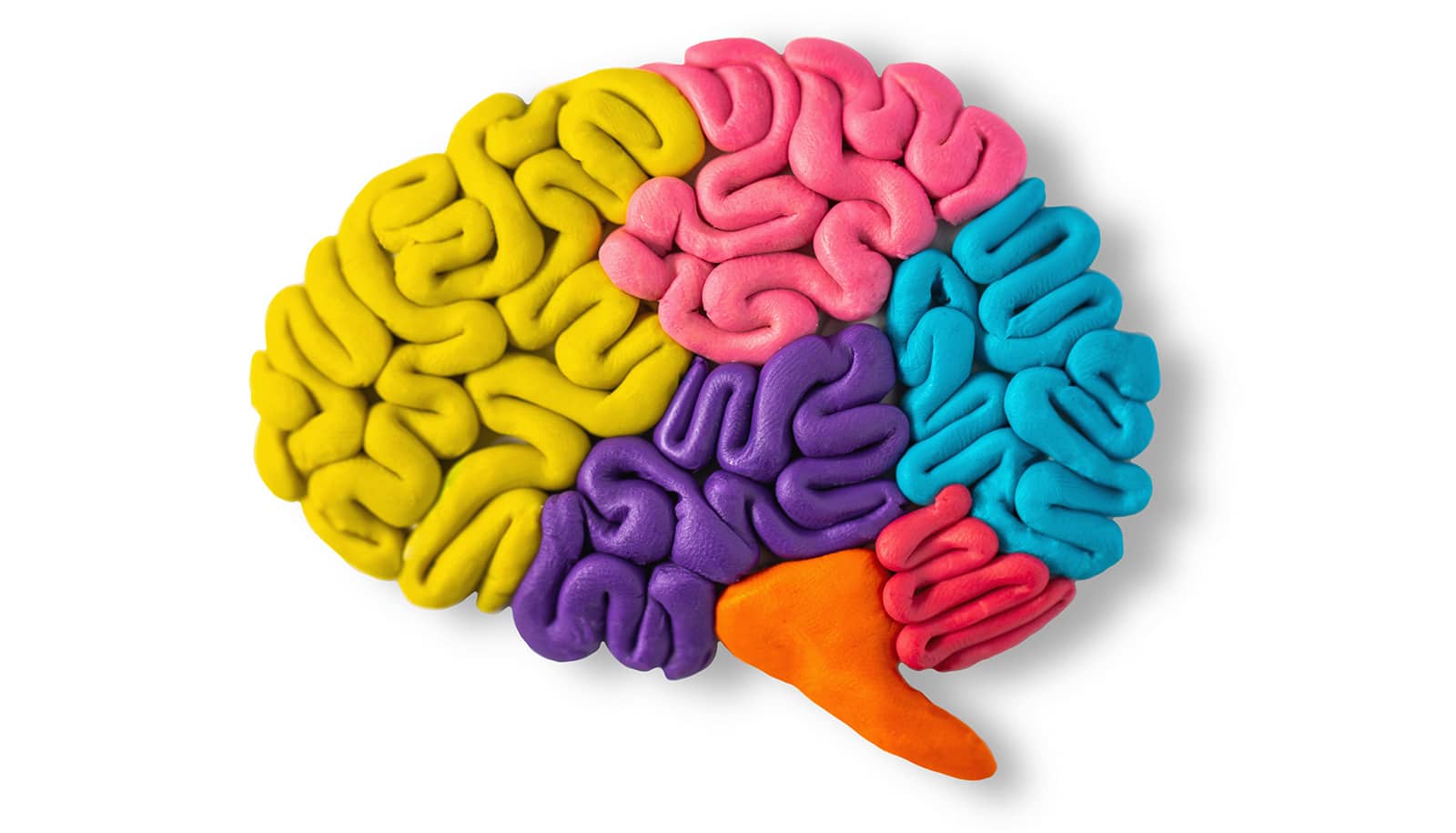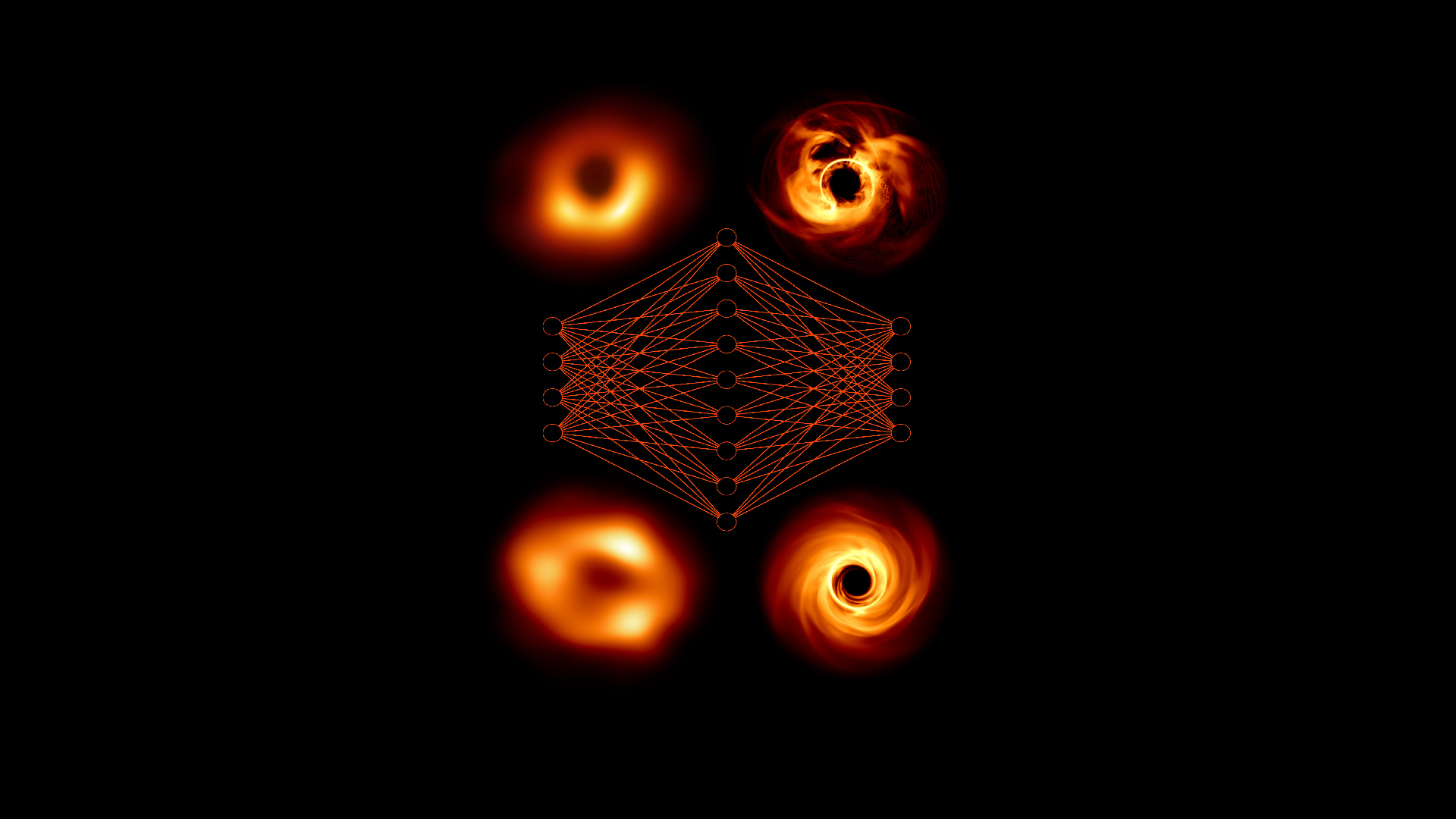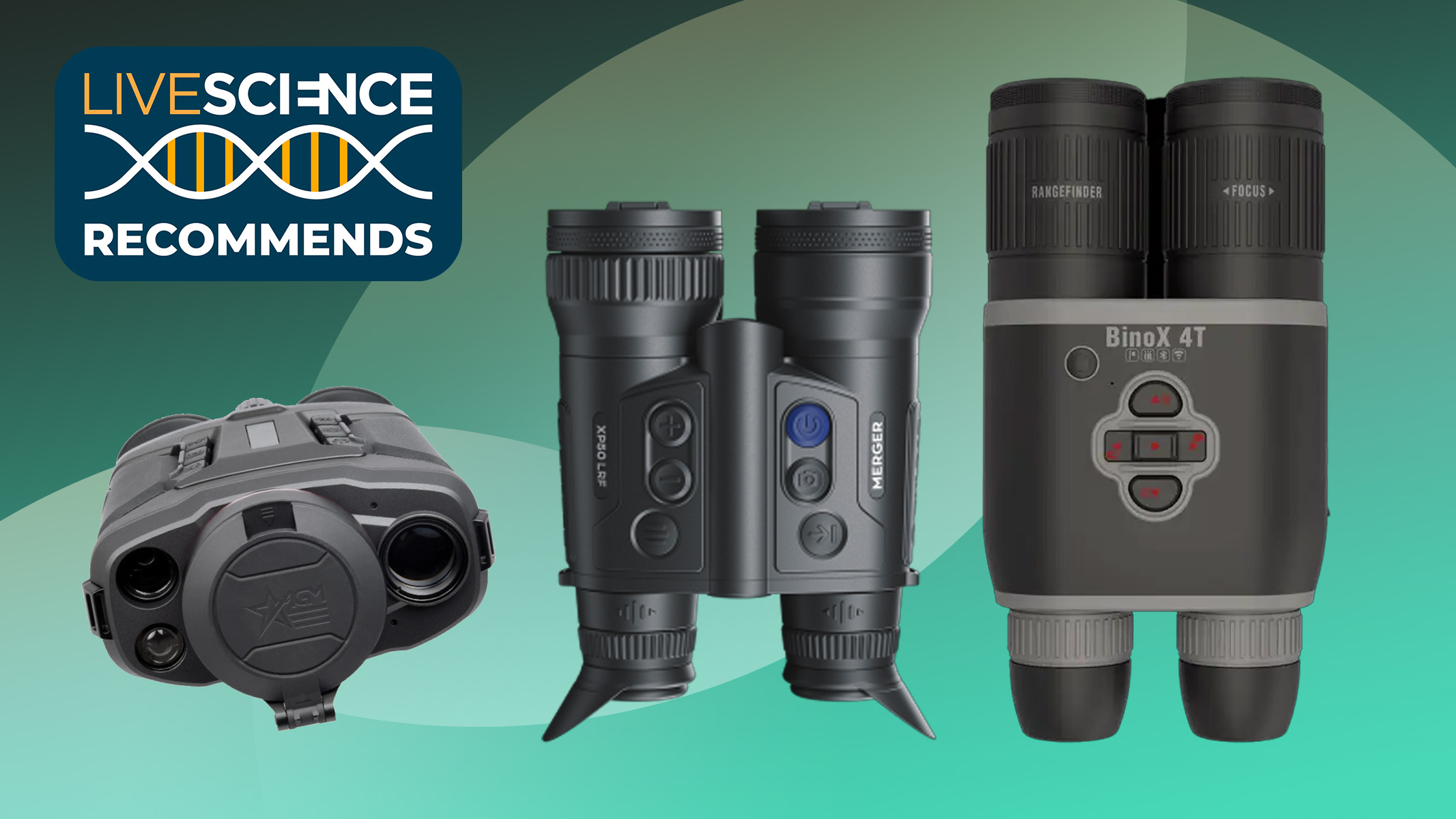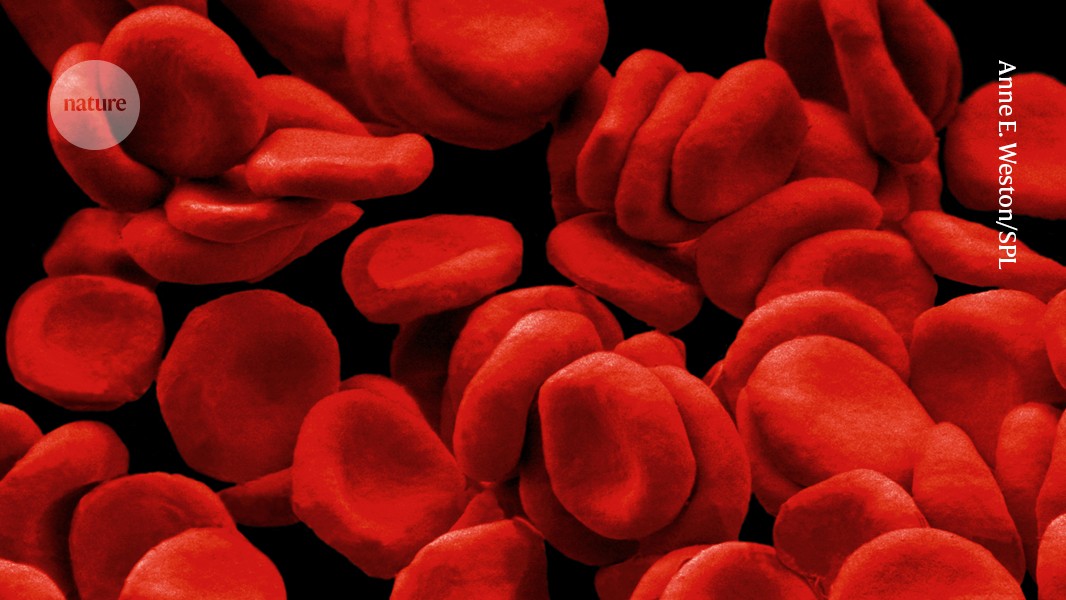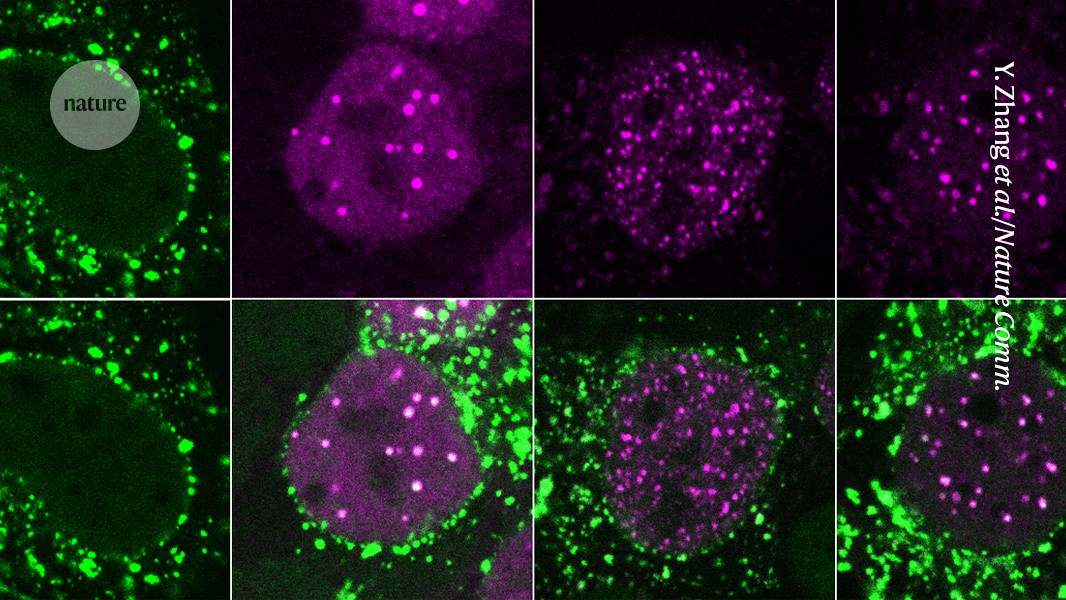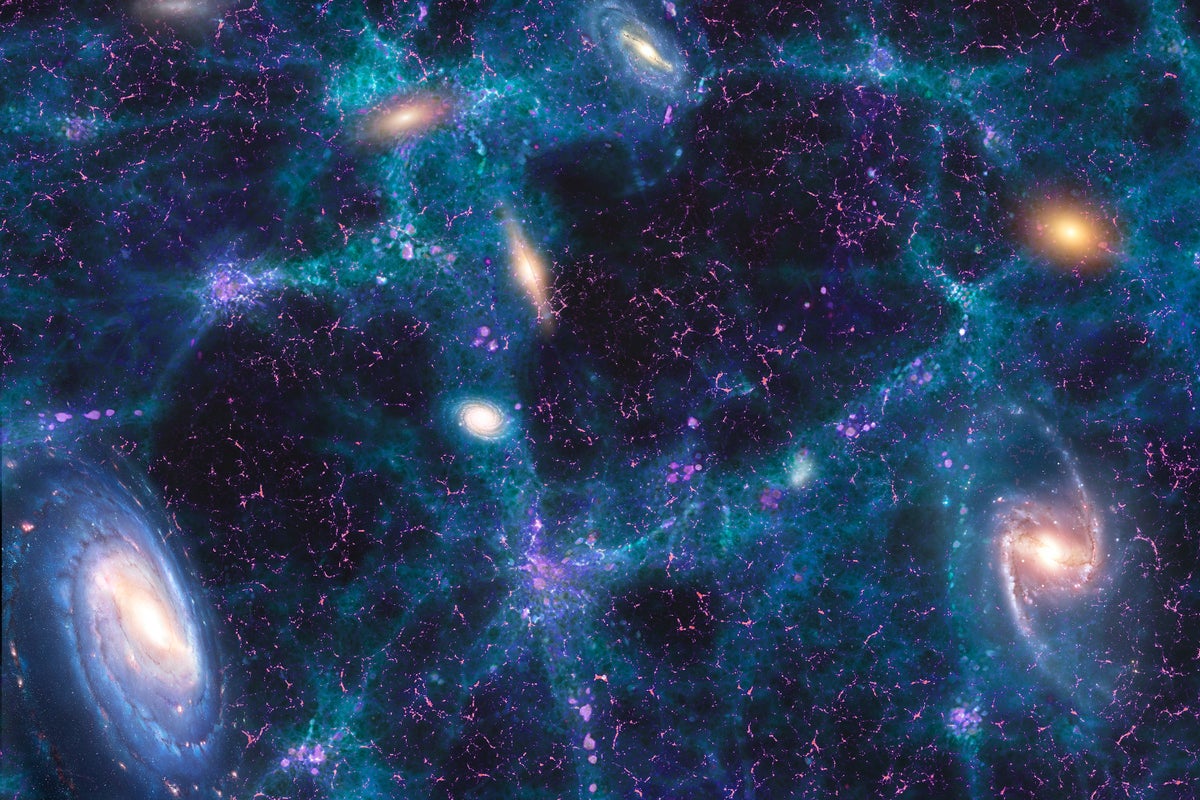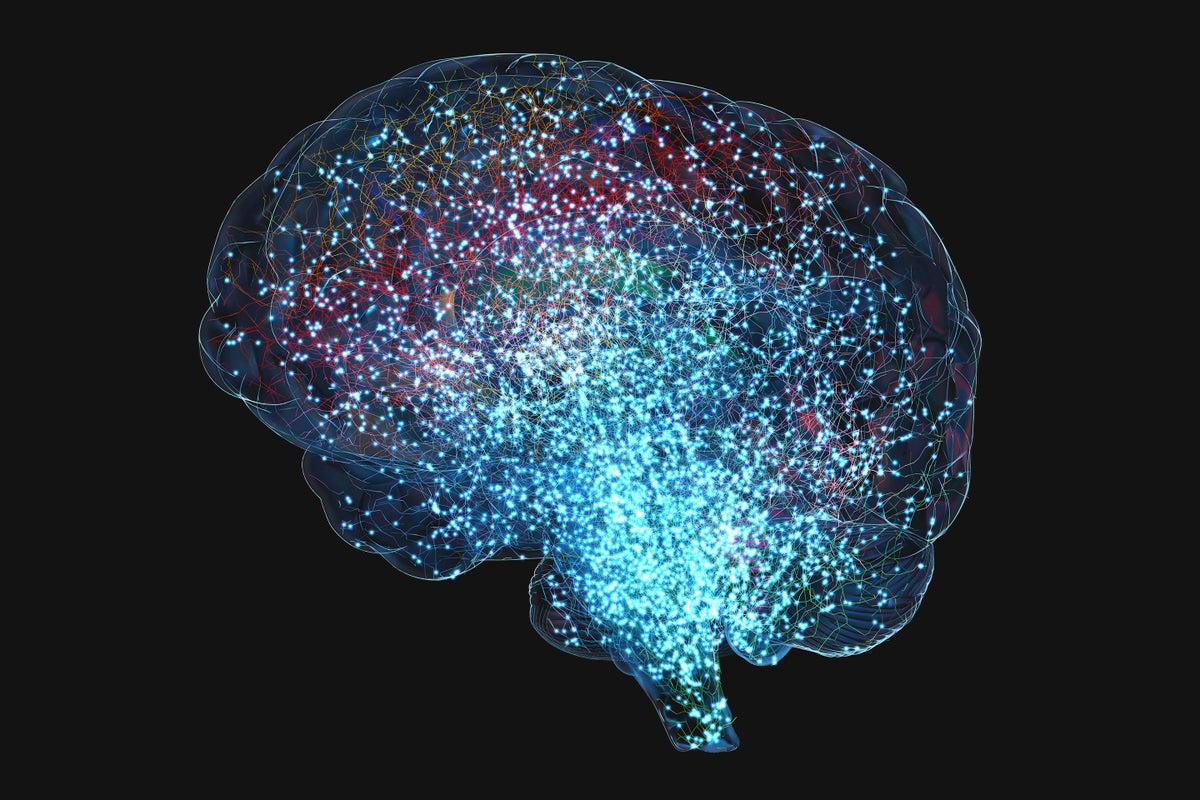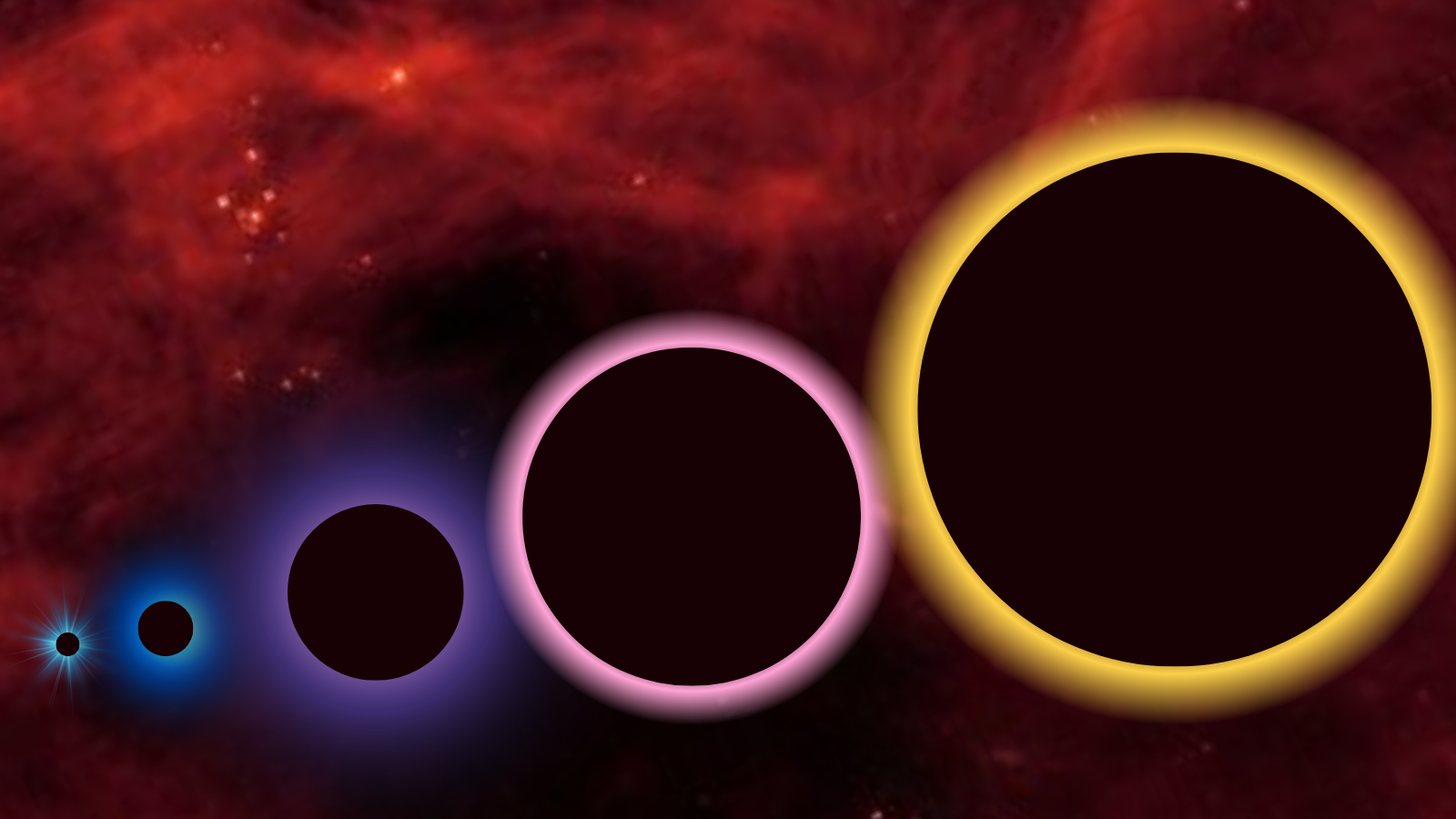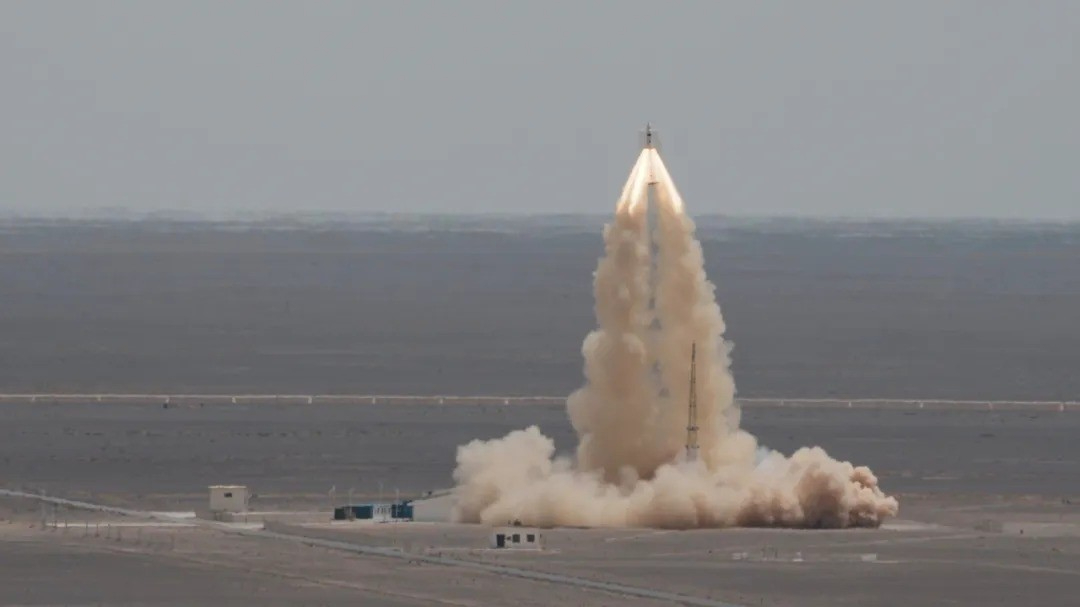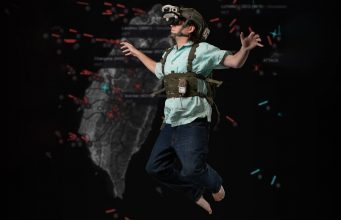OpenXR Spatial Entities Extensions Standardize Surfaces, Markers, Anchors & Persistence
The new OpenXR Spatial Entities Extensions standardize surface detection, marker tracking, spatial anchors, and persistence.


The new OpenXR Spatial Entities Extensions standardize surface detection, marker tracking, spatial anchors, and persistence.
OpenXR is the open standard API for AR/VR/MR app development and runtimes. It's managed by Khronos, the same non-profit industry consortium that manages OpenGL, Vulkan, and WebGL.
The ideal of OpenXR is that developers can build apps that run on any headset, without needing to use vendor-specific core APIs for different hardware. Almost every headset, engine, and runtime supports OpenXR today, except for Apple Vision Pro and PlayStation VR2 on PS5.
OpenXR Spatial Entities Extensions
The new OpenXR Spatial Entities Extensions aim to standardize how developers leverage the environment tracking capabilities of headsets and glasses to build experiences that interact with the user's physical environment, a class of capabilities that until now have been handled by vendor-specific extensions or SDKs.
OpenXR Spatial Entities Extensions are organized around a base XR_EXT_spatial_entities extension, which itself provides "foundational functionality for representing and interacting with spatial elements in the user’s environment".
The five extensions that build on this base extension are:
- XR_EXT_spatial_plane_tracking: "detection and spatial tracking of real-world surfaces".
- XR_EXT_spatial_marker_tracking: "6 DOF (Degree of Freedom) tracking of visual markers such as QR codes in the environment".
- XR_EXT_spatial_anchor: "enables precise positioning of virtual content relative to real-world locations".
- XR_EXT_spatial_persistence: "allows spatial context to persist across application sessions".
- XR_EXT_spatial_persistence_operations: "advanced management of persistent spatial data".
"The OpenXR Spatial Entities Extensions address one of the most critical needs expressed by our developer community, and represent a significant milestone in our mission to create a powerful and truly interoperable XR ecosystem," said Meta's Ron Bessems, the current chair of the OpenXR Working Group in a prepared statement. "The Spatial Entities Extensions are carefully defined as a discoverable and extensible set of functionality, providing a firm foundation for spatial applications today, and enabling continued innovation in portable spatial computing into the future.”
Khronos says that future extensions "under discussion" include "image and object tracking, as well as the generation and processing of mesh-based models of the user's environment".
Meta, Google, Pico, Varjo, Unity, Godot, and Collabora released statements expressing support for OpenXR Spatial Entities Extensions, and all seven companies will support them soon.

































